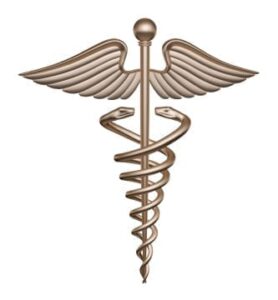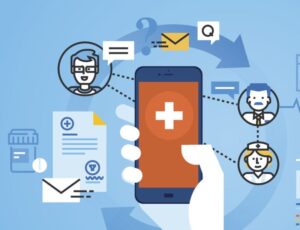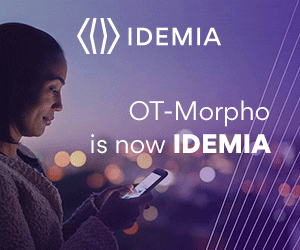So far, biometric technology has delivered transformative change in a few key sectors – in mobile tech, for example, where it’s now common to unlock a phone with a fingerprint or face scan; and in financial services, where biometrics are helping to secure accounts that are increasingly being accessed from customers’ personal devices. Now, healthcare is on track to become one of the next sectors to take advantage of biometric technology’s potential, with emerging opportunities that could benefit both healthcare organizations and their patients.
That’s why this February was Healthcare Biometrics Month at FindBiometrics, which included in-depth features on some of the application areas where biometric technology is already starting to have an impact.
Identification
To kick things off, our first Healthcare Biometrics Month feature delved into one of the areas in which biometric technology can actually help to improve patient outcomes – that of patient identification. This has always been a critical matter in healthcare, with organizations commonly seeing the creation of duplicate files pertaining to patients’ medical records, while getting files mixed up in other cases. These problems lead to increased administrative costs, and can also result in a poorer quality of care for end patients.
As our feature, The Importance of Patient ID, detailed, this is an area in which biometric technology offers some clear solutions. Solutions have already emerged that can link a given patient directly to their biometrics, helping administrators to reduce or eliminate duplicate records, and ensuring that patients are always treated in reference to the correct medical records – biometric patient ID can even allow healthcare providers to identify patients in cases in which they are unable to identify themselves, potentially helping to save lives. Meanwhile, using biometrics to identify patients from the point of initial registration with a healthcare organization or insurance provider can help such organizations to fight fraud.
Diagnosis

From patient ID, Healthcare Biometrics Month delved into a more experimental realm of biometric identification: using AI for diagnosis. This is far less commonplace than biometric patient identification, but the same essential processes are in play. Just as contemporary biometric technologies use Artificial Intelligence to look for patterns in subjects’ bodies and behaviors, medical diagnostic AI systems can use biometric patterns to identify disease and other health issues.
It may sound far-fetched, but as our feature AI-driven Diagnosis detailed, researchers have already developed systems that can help to identify eye disease through retinal scans, or to find signs of heart disease or even PTSD in patients’ voice biometrics. Even fitness-tracking wearables are starting to move into this field, with Apple’s latest smartwatches featuring technology that can detect signs of abnormal heart rhythms associated with a condition called Atrial Fibrillation. Biometrics can be used to identify people, and what ails them.
Security

Our final feature for Healthcare Biometrics Month went back to basics. One of the most fundamental advantages that biometric technology has offered across a number of sectors is its capacity to secure digital assets, and the same benefits stand to be realized in healthcare. Our feature, The EHR Age, started off with an overview of the seriousness of the problem, presenting survey data illustrating the vulnerabilities of healthcare IT, and went on to detail how biometric authentication can be used to fix those weak links. From fingerprint-scanning laptops for doctors to face-scanning mobile apps used by patients, biometric solutions are emerging that can reduce administrative costs, enhance security, and keep sensitive patient data safe.
These are just some of the ways in which biometric technology is starting to make a serious impact in the healthcare sector. And at a time when healthcare organizations are facing greater demand while also trying to cope with digital transformation, the range of opportunities for biometric solutions to come into play is expanding – a healthy prognosis for all concerned.
*
Healthcare Biometrics Month is made possible by our sponsors: HID Global, IDEMIA and Veratad.
–
February 28, 2020 – by Alex Perala







Follow Us